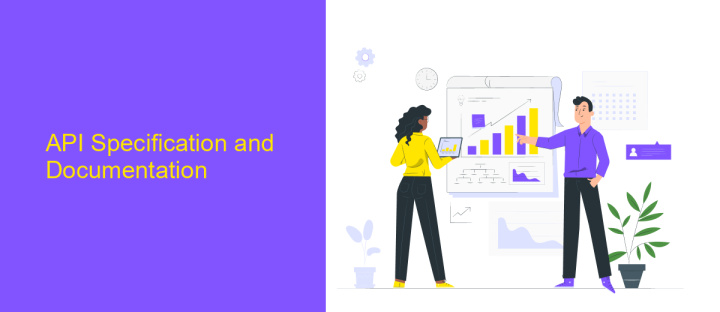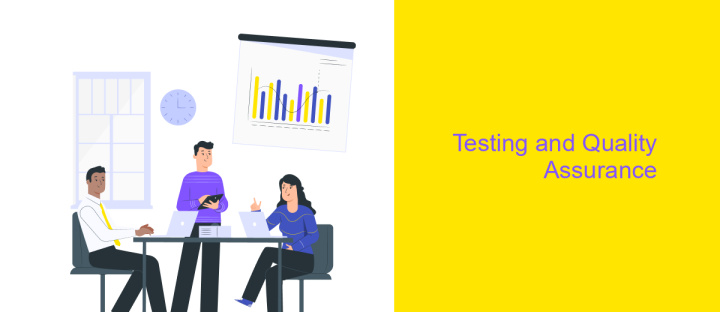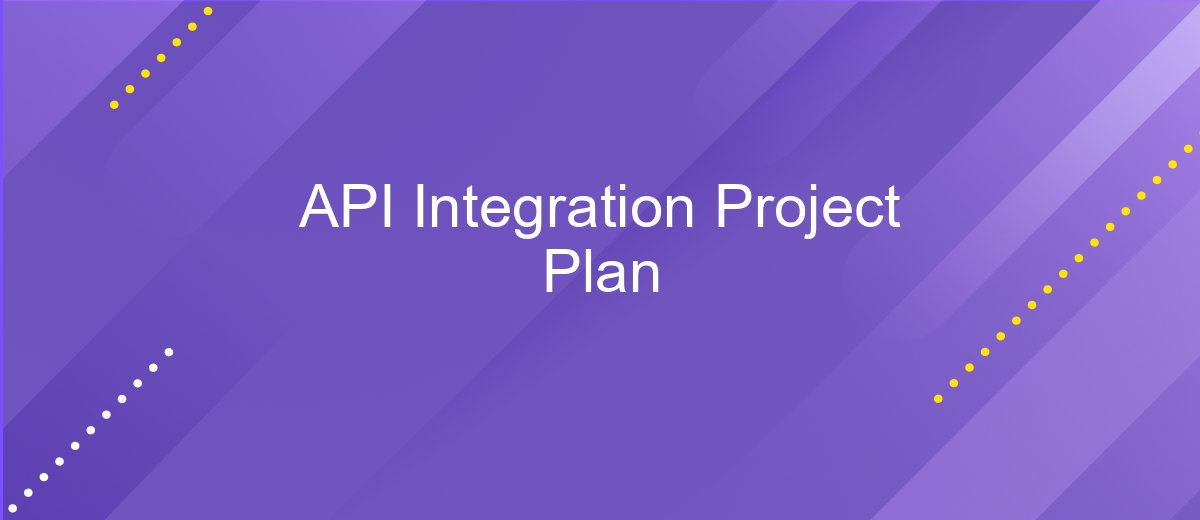API Integration Project Plan
In today's rapidly evolving digital landscape, seamless API integration has become a cornerstone for businesses seeking to enhance functionality and improve user experience. This project plan outlines the strategic approach to integrating APIs effectively, ensuring robust connectivity between diverse systems. By leveraging cutting-edge technologies and best practices, this plan aims to streamline operations, optimize workflows, and drive innovation, ultimately delivering significant value to stakeholders and end-users alike.
Project Overview and Objectives
The API Integration Project aims to seamlessly connect disparate systems, enabling efficient data exchange and enhanced functionality across platforms. This initiative is crucial for organizations seeking to optimize workflows, improve user experiences, and drive innovation. By leveraging modern API technologies, we intend to create a robust framework that supports scalability and adaptability to future business needs.
- Facilitate seamless data exchange between existing systems and new applications.
- Enhance operational efficiency by automating routine processes.
- Improve user experience through streamlined access to integrated services.
- Ensure security and compliance with industry standards.
- Support scalability and future growth by adopting flexible API solutions.
This project will involve a comprehensive analysis of current systems, identification of integration points, and the development of custom APIs tailored to our specific requirements. By achieving these objectives, we aim to position our organization at the forefront of technological advancement, ensuring that we remain competitive and responsive to market demands. The successful execution of this project will result in a more agile and efficient infrastructure, capable of supporting our long-term strategic goals.
API Specification and Documentation

The API specification serves as a blueprint for developers, detailing how different software components should interact. It defines the endpoints, request and response formats, authentication methods, and error handling protocols. This ensures that all parties involved have a clear understanding of how to implement and use the API effectively. A well-documented API specification is crucial for seamless integration, reducing the likelihood of miscommunication and errors during the development process.
Comprehensive documentation is equally important, providing developers with the necessary tools to implement and troubleshoot integrations. This includes detailed guides, code examples, and FAQs. Services like ApiX-Drive can streamline the integration process by offering pre-built connectors and automation tools, making it easier to connect various applications without extensive coding. By leveraging such services, businesses can accelerate their integration projects, enhancing productivity and reducing time-to-market. Proper documentation and tools not only facilitate smoother integrations but also empower developers to fully utilize the API's capabilities.
Integration Design and Development

The integration design and development phase is crucial for ensuring seamless communication between systems. It involves defining the architecture, selecting appropriate technologies, and establishing protocols for data exchange. This phase aims to create a robust framework that supports scalability, security, and performance, ensuring that the integrated systems function harmoniously.
- Identify the systems and components that require integration.
- Define data formats and transformation rules for consistent data flow.
- Select integration tools and platforms that align with project requirements.
- Develop and test APIs to ensure they meet functional and non-functional requirements.
- Implement security measures to protect data integrity and privacy.
Successful integration design and development result in a cohesive system that enhances operational efficiency and user experience. By following a structured approach, potential risks are mitigated, and the foundation for future scalability is established. Continuous testing and iteration ensure that the integration remains robust and adaptable to evolving business needs.
Testing and Quality Assurance

Effective testing and quality assurance are pivotal to the success of any API integration project. It ensures that the API functions as intended and meets all specified requirements. Comprehensive testing helps identify potential issues early, reducing the risk of costly fixes later. Our approach focuses on a structured testing process that guarantees a robust and reliable API integration.
The testing phase will involve multiple stages, including unit testing, integration testing, and system testing. Each stage is designed to address different aspects of the API's functionality and performance. Our team will employ both automated and manual testing methods to ensure thorough coverage and accuracy.
- Unit Testing: Verifying individual components for correct functionality.
- Integration Testing: Ensuring seamless interaction between the API and other systems.
- System Testing: Validating the complete system's performance and reliability.
- User Acceptance Testing: Gathering feedback from end-users to ensure the API meets their needs.
Throughout the testing process, detailed documentation will be maintained to track test results and any identified issues. This documentation will be crucial for future reference and continuous improvement. By adhering to these rigorous testing protocols, we aim to deliver a high-quality API integration that aligns with the project's objectives and user expectations.
- Automate the work of an online store or landing
- Empower through integration
- Don't spend money on programmers and integrators
- Save time by automating routine tasks
Deployment and Maintenance
Deployment of the API integration project involves several critical steps to ensure a seamless transition from development to production. Initially, it is essential to establish a robust deployment pipeline that automates testing and deployment processes. Leveraging tools like Jenkins or GitHub Actions can streamline this process. Once the pipeline is set up, a thorough testing phase must be conducted in a staging environment to identify and rectify any potential issues. After successful testing, the deployment to the production environment should be executed during off-peak hours to minimize disruptions. Utilizing a service like ApiX-Drive can simplify the integration process by providing a user-friendly interface and automated workflows.
Post-deployment, maintaining the API integration is crucial to ensure ongoing functionality and performance. Regular monitoring using tools like New Relic or Datadog helps in promptly identifying any anomalies or performance bottlenecks. Additionally, establishing a feedback loop with users can provide valuable insights for continuous improvement. Scheduled maintenance windows should be planned to apply updates and patches without affecting the user experience. Emphasizing documentation and training for the team ensures that any future modifications or troubleshooting can be handled efficiently, maintaining the integrity and reliability of the integration over time.
FAQ
What is an API integration project plan?
How do I determine which APIs to integrate?
What are the key components of an API integration project plan?
How can I ensure the security of my API integrations?
What tools can help automate and manage API integrations?
Routine tasks take a lot of time from employees? Do they burn out, do not have enough working day for the main duties and important things? Do you understand that the only way out of this situation in modern realities is automation? Try Apix-Drive for free and make sure that the online connector in 5 minutes of setting up integration will remove a significant part of the routine from your life and free up time for you and your employees.


